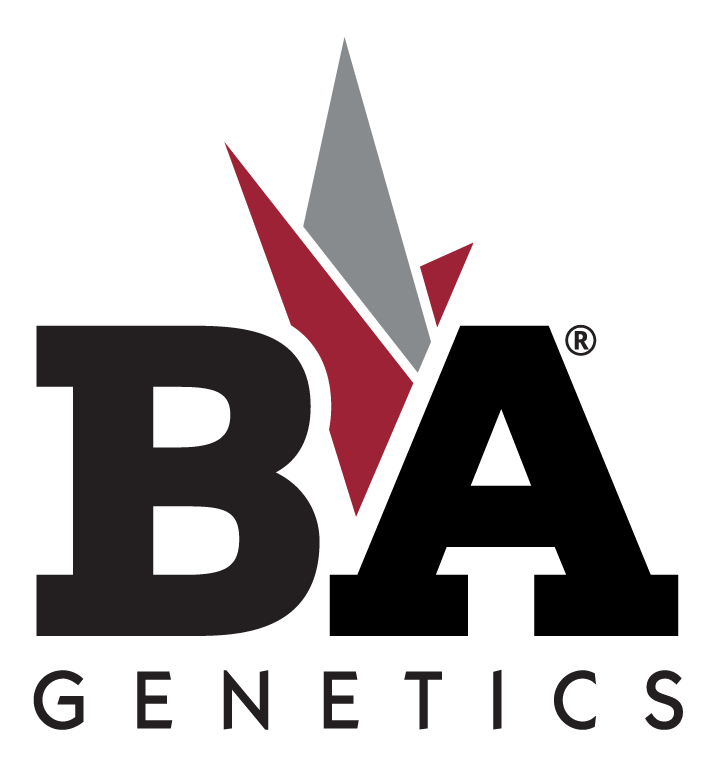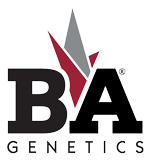The Right rate, The Right source, The Right time and the Right place: Nitrogen.
What is the nutrient in corn and soybeans that is:
-the largest single driver of yield
-needed in the largest quantity
-has more impact on yield than other nutrient?
That nutrient would be nitrogen.
What is nitrogen?
Nitrogen is the most abundant element in our atmosphere, making up 78% of the atmosphere with oxygen at the other 21% along with other elements.
It takes roughly one pound of nitrogen to produce one bushel of corn and it takes five pounds to produce one bushel of soybeans. Nitrogen is essential for plant growth in almost every part of the corn and soybean plant. It is the largest plant nutrient needed by both corn and soybeans, making up to 2%-6% of the plant by volume. It is responsible for building proteins and dry mater in both corn and soybeans. There are many sources and forms of nitrogen commonly used in agriculture from:
-various types of manures
-liquid and dry nitrogen
-nitrogen fixing bacteria that colonizes the soybean roots
Each form and type of nitrogen has its own role in agriculture production. To maximize the benefit each brings to agriculture production, you need to follow the 4R stewardship, right source, right rate, right time and right place.
Nitrogen in corn
Out of all the elements that go into corn production, nitrogen is the most important nutrient that drives the overall yield. There are many different ways and forms nitrogen can be applied by a grower.
Anhydrous Ammonia
Anhydrous ammonia is one of the most common and cheapest forms of nitrogen applied to corn. It’s low cost, compared to other forms, does come with some risk for the applicator. Exposure to anhydrous ammonia can be dangerous causing burns to the eyes, skin and lungs. Anhydrous ammonia temporarily raises the soil pH for a short period of time and the ammonia band slowly moves back to a normal pH overtime. Anhydrous ammonia is positively charged and binds with negative clay soil particles and is the least leachable of all the forms commonly used on corn. Corn can take up both ammonia and nitrate. Anhydrous ammonia converts to nitrate overtime after application into the soil.
UAN (Urea Ammonia Nitrate)
UAN (Urea Ammonia Nitrate) solution has an analysis of 28% or 32% nitrogen and is the most common liquid form of nitrogen used on corn. UAN is a negatively charge and does not bind with negative clay soil particles. It is very leachable and will move with water. Excessive rain or irrigation can move the UAN solution beyond the root zone. UAN is a quick release or readily available form of nitrogen for corn. The uptake can happen very quickly after application. Surface application, where it is not incorporated, can cause the nitrogen to volatilize into the atmosphere, due to the presence of the urease enzyme, that feeds on the UAN solution. If the temperature is high enough after a UAN application, as much as 25%-50% of the UAN can volatize in three to seven days. UAN volatilization can be decreased or reduced by mixing a product like Agrotain to reduce the volatilization by blocking the urease enzyme feeding on the UAN solution.
46% Urea
46% urea is basically the dry granular form of UAN solutions. It behaves similar to UAN solution and is a quick release fertilizer. It can move or leach with water once it dissolves and won’t bind with negative clay soil particles. Urea will also volatilize to the atmosphere, where the urease enzyme will react with it if it is surface applied. Agrotain and other similar type of products applied to urea will also decrease volatilization. Urea can be applied at different times and different ways. It can be applied preplant incorporated, applied after planting or broadcast in crop after emergence as side dress, and even flown with an airplane. It can come with a polymer coating which controls the release of nitrogen. The polymer coating breaks down and releases more nitrogen as the temperature increases.
Ammonium Sulfate
Ammonium sulfate can be a dry granular or liquid form of nitrogen containing sulfur. It commonly has 21% nitrogen and 24% sulfur. This product is commonly mixed with other dry fertilizers as a source of slow release of nitrogen and a source of sulfur. Ammonium sulfate is a very acid forming fertilizer and is sometimes used as a source to temporarily lower the pH when applied ahead of planting in areas with soils that have a high pH. Ammonium sulfate is a “slow” release form of nitrogen and can sometimes be available up to 60 days after application in certain types of soil environments. Ammonium sulfate is positively charged and will weakly bind with negative clay particles and therefore will not leach as fast as urea.
The 4 types of nitrogen:
-Anhydrous ammonia
-UAN solutions
-Urea
-Ammonium sulfate
These are all great sources of nitrogen for corn!
What is best in your field
A grower needs to find what works best for them and their operation! A lot growers will use multiple forms and various mixtures to maximize their yield, and profitability while also trying to protect the environment. Some growers will use UAN solutions early with herbicide applications or mixed with phosphate starters to provide early nitrogen for emerging corn. They may come back in and side dress with the balance of the nitrogen they need with anhydrous ammonia, UAN solutions, urea or ammonium sulfate. All these forms of nitrogen have their place in profitable agriculture production, when you use the 4R’s principal: right rate, right source, right time and the right place!
Let’s set up your plan
If you have more questions about your nitrogen program for your corn, contact your local B&A Genetics EdgeUp Advisor to learn more on how you can efficiently use nitrogen in your corn production program.

